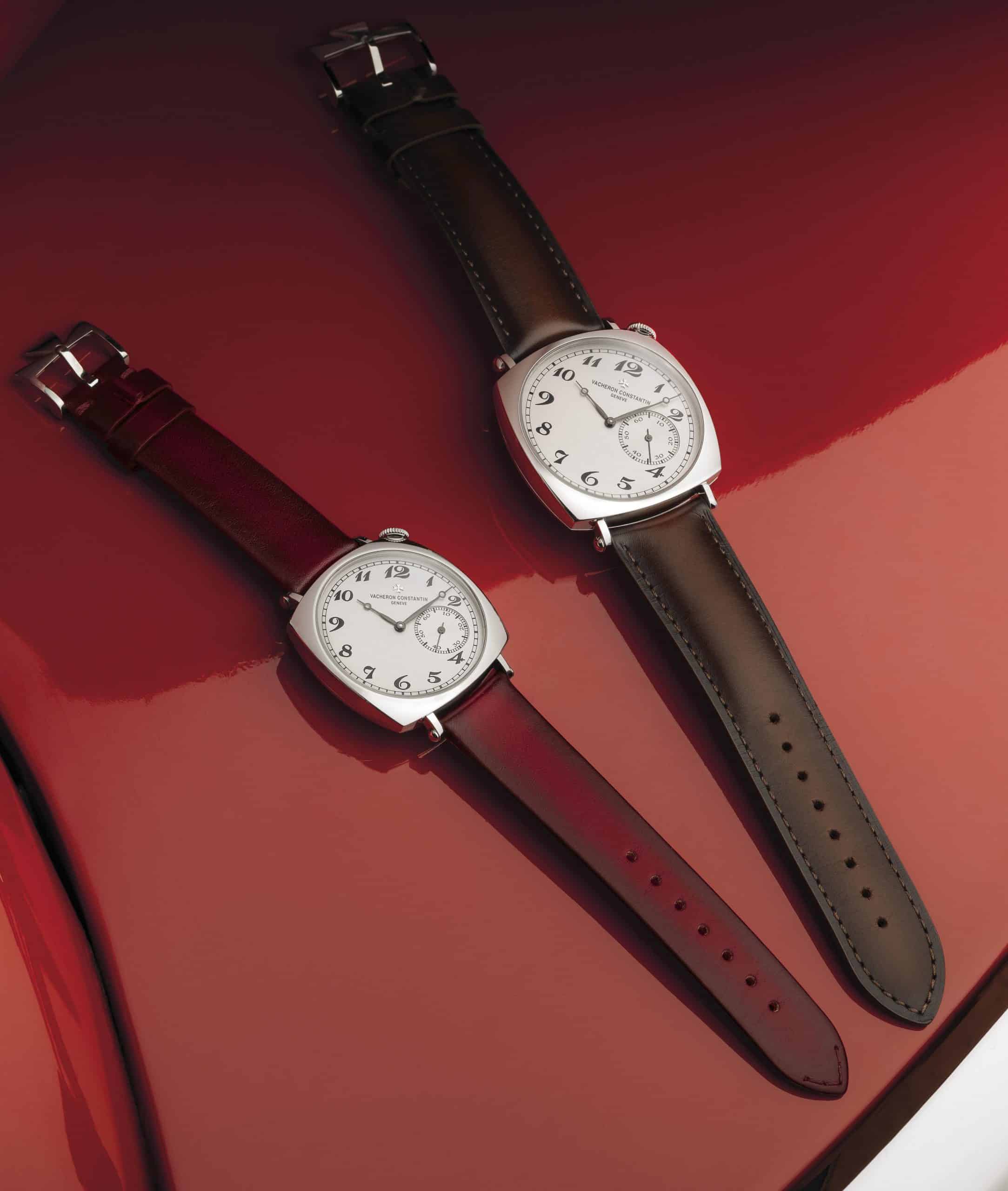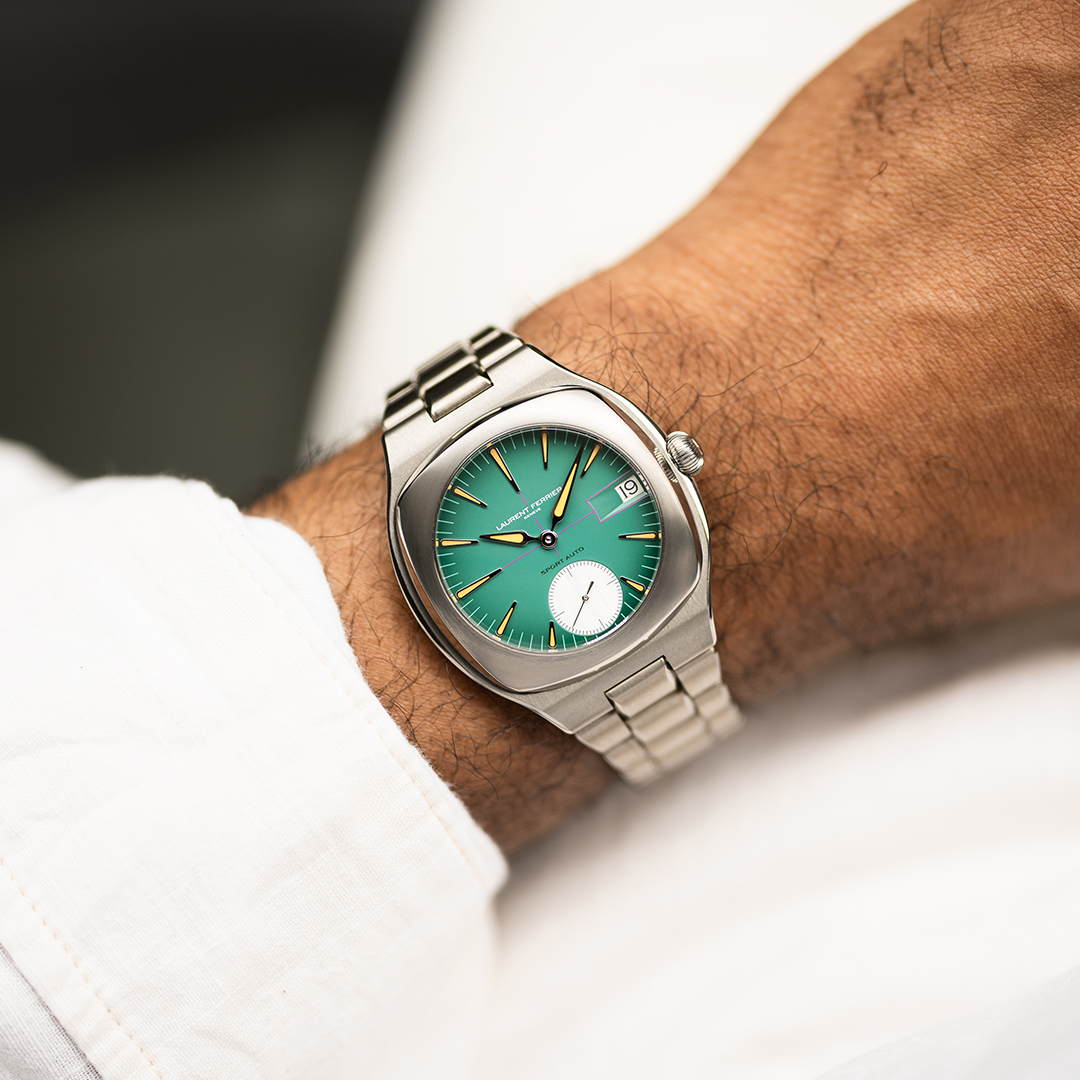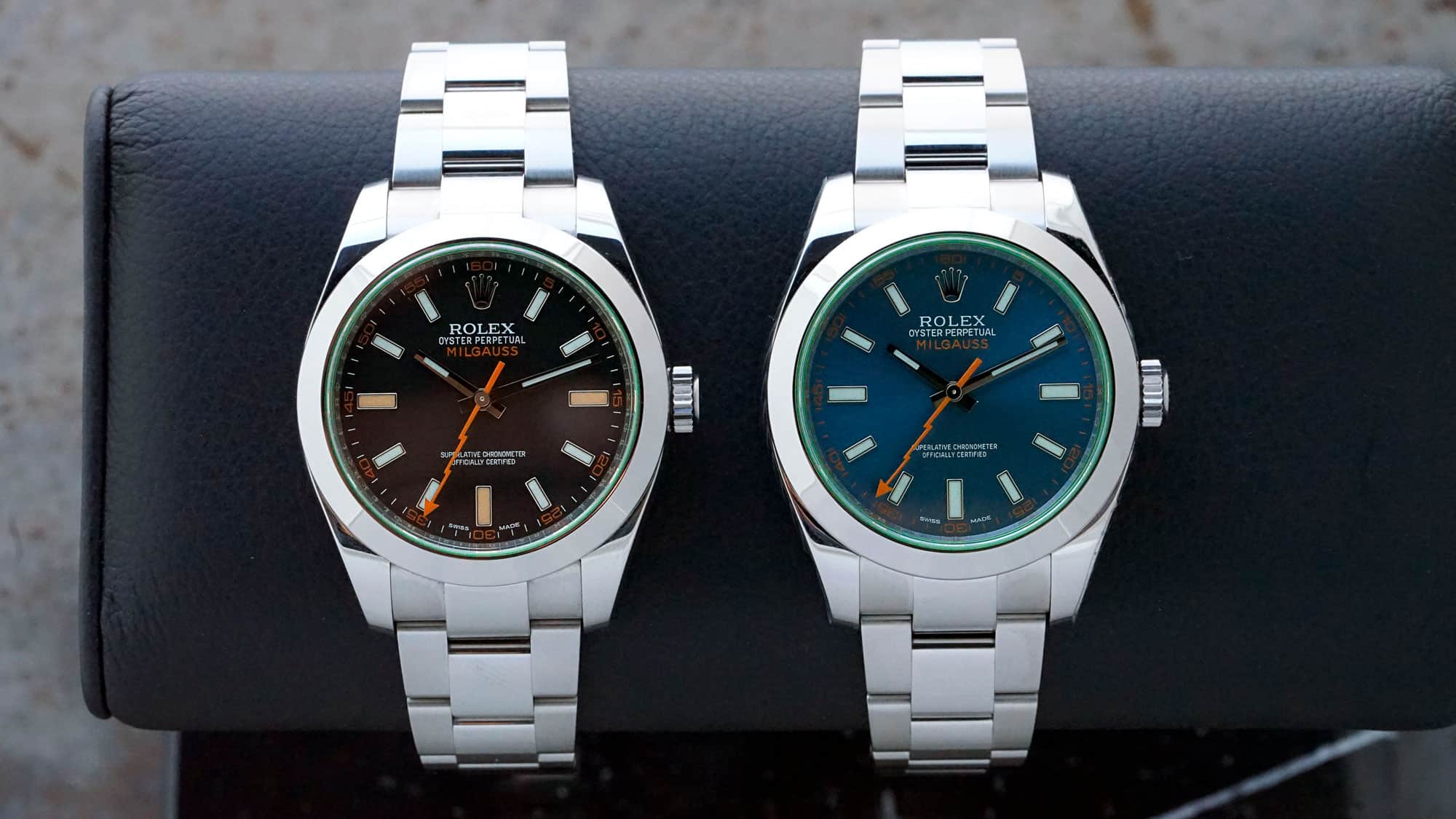The Cartier Tank is an iconic watch by any means. Check any “top 10” list of watches you can find and the Tank will be on it. And that is for a reason. No watch breathes history, luxury and style more than the Tank. Let us do a quick dive in its history.
The Cartier Tank was invented by the founder of the brand, Louis Cartier, in 1917. Cartier found inspiration in the lines of the Renault FT-17 tank, which was used during WW1. The shape combines rectangular and square elements, and this core element is to be found on every Tank until today.
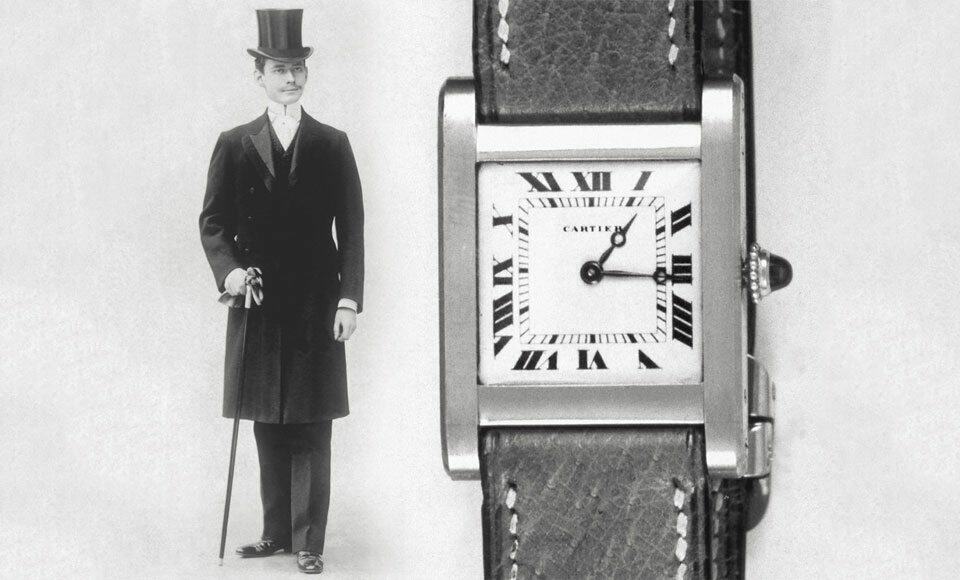
The glamorous years of the Cartier Tank
In 1918 Louis Cartier gifted the first prototype of the Tank to General Pershing, and from 1919 production slowly started, with only six made in the first year. The original Tank was quickly followed by different iterations, such as the Cintree in 1921 and the Chinoise. The Tanks’ Art Deco looks resonated well in the stylish and roaring 20’s and the first celebrities such as Rudolph Valentino and Duke Ellington were seen wearing Tanks. Exclusivity was key to the Tank in the first decades of its existence. Coveted and worn by the rich and famous, and by 1969 still only about 6000 watches were produced.
The Great Depression of the early 1930’s did not affect the brands creativity and important iterations such as the Asymetrique originated in that decade. After Louis Cartier’s death in 1942 a few decades of relative silence followed, but the Tank remained the darling of the famous. From Jackie Kennedy to Mohammed Ali and Warren Beatty: all were seen with a Tank. Andy Warhol, another avid ambassador was once quoted “I don’t wear a Tank to tell the time. In fact, I never wind it. I wear a Tank watch because it is the watch to wear”.
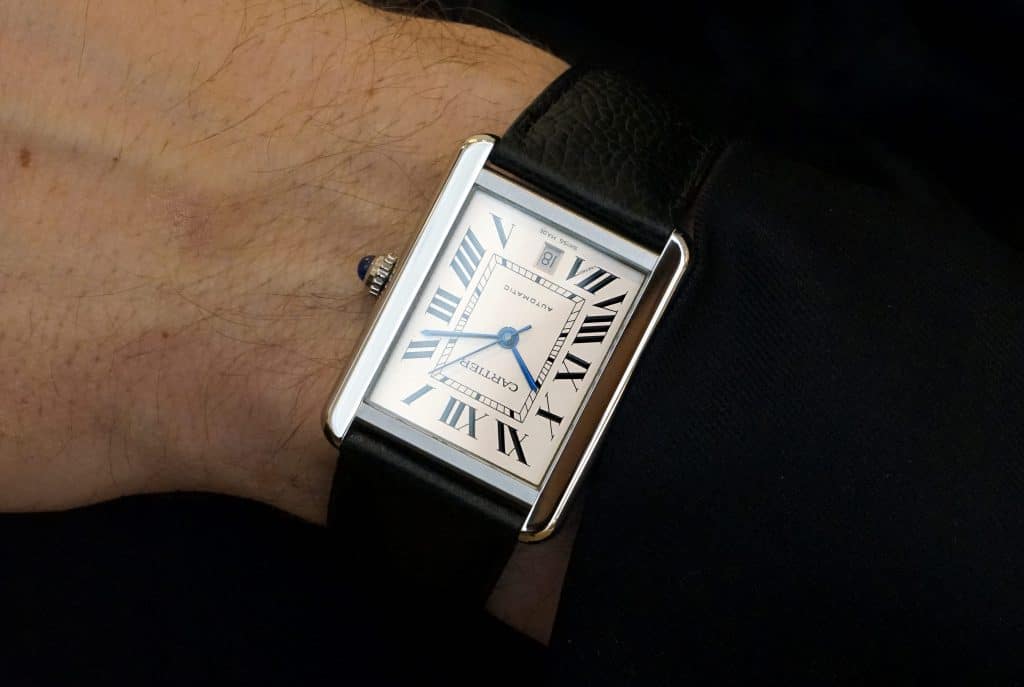
The Cartier Tank democratizes
In 1977 the “Must de Cartier” opened the Tank to the masses. Under the helm of Alain-Dominique Perrin the Cartier brand had moved into more diverse and accessible product groups and the Tank came in quartz at affordable price levels. Now the masses could be reached and so the Tank smoothly adapted and navigated through the 1980’s watch crisis. When the quartz dust settled and a mechanical revival came the Tank was well positioned as a luxury icon available to many.
In 1998 Cartier launched CPCP (Cartier Paris Collection Prive). It was a first indicator of the brands ambition to move in the higher echelons of fine watchmaking. The first best watchmakers and brands were found to create Tank masterpieces, such as the Mono-Pusher movement, developed by Francois-Paul Journe, Vianney Halter and Denis Flageollet, the Tank A-Vis and the Tank Double Fuseau.
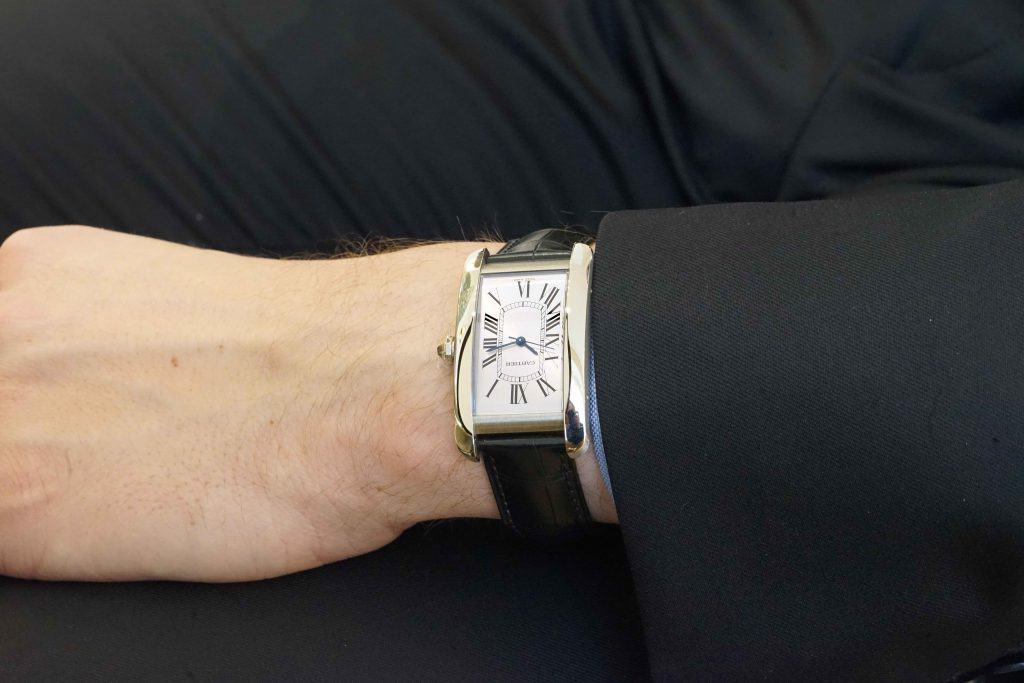
The Cartier Tank today
Today, after more than 100 years in existence, the Cartier Tank is more alive and diverse as ever. From the highly innovative Must SolarBeat as an attractive and affordable entry-level piece to the mid-range Americaine and the high-end Cintree and Asymetrique, the Tank is there for everyone. And this variety of watches, that all remain true to the original from 1919 in their own ways, prove the quality of the design that Louis Cartier made more than 100 years ago. No watch deserves the word “icon” more than the Tank.

